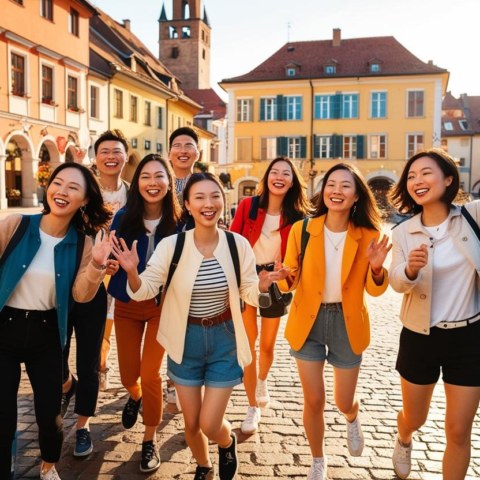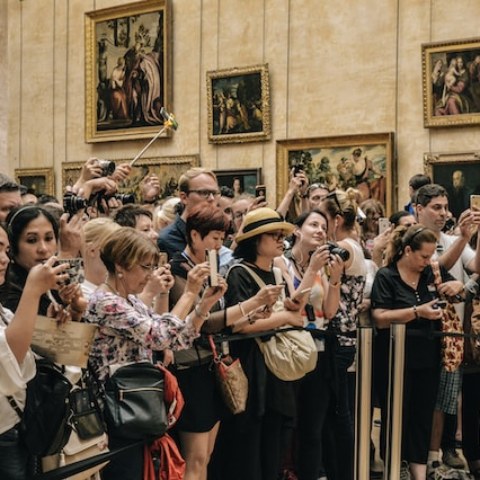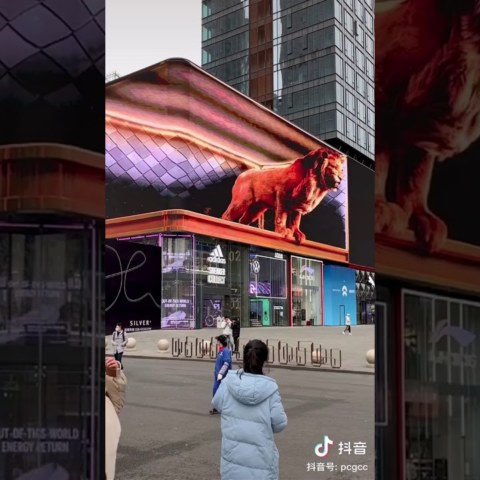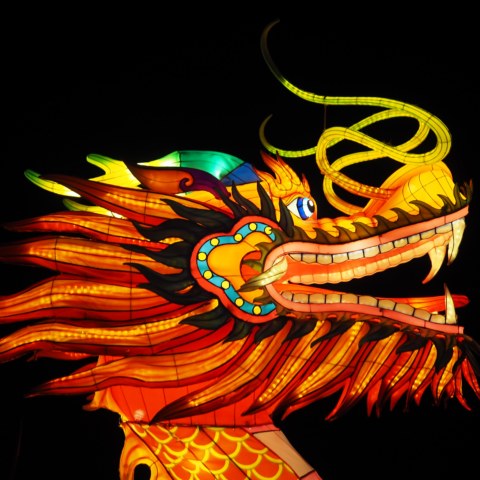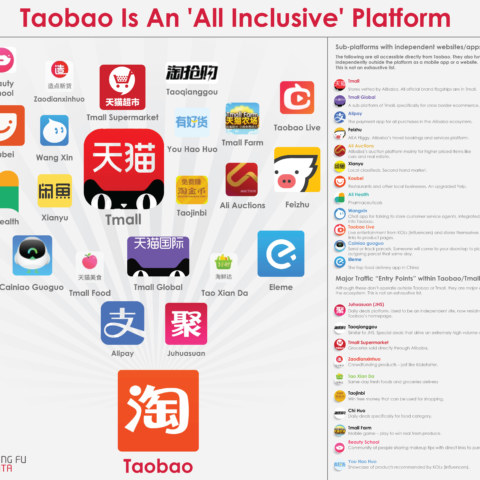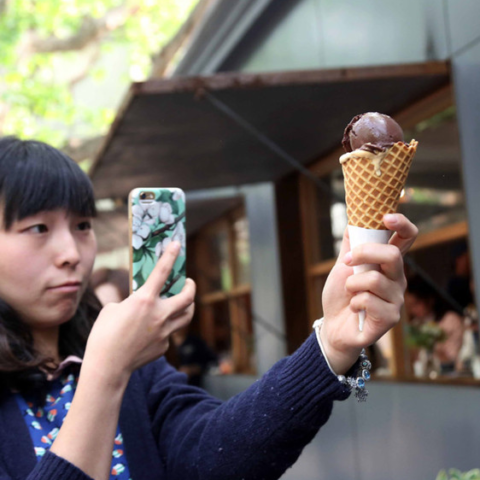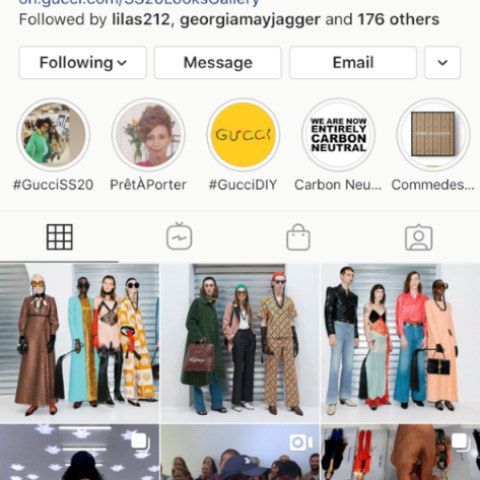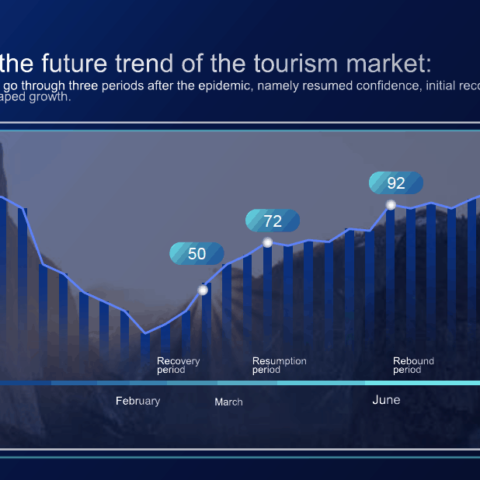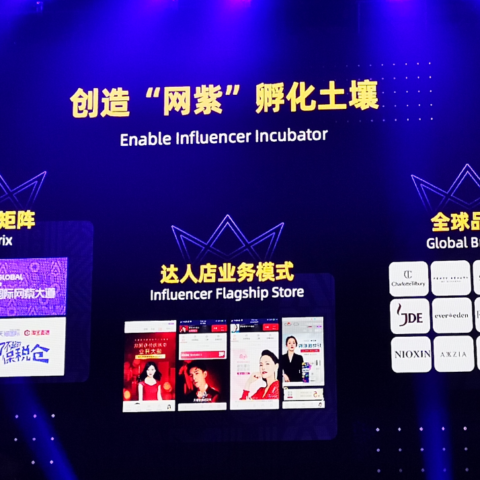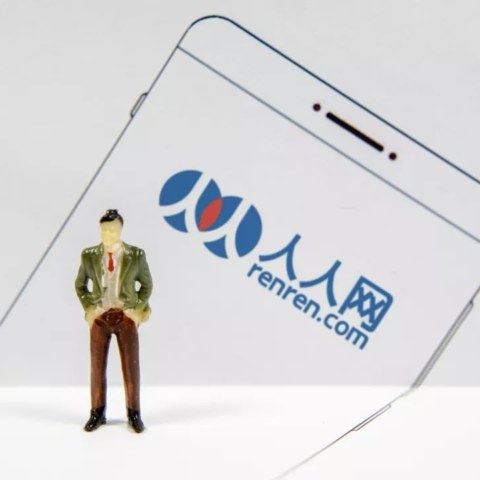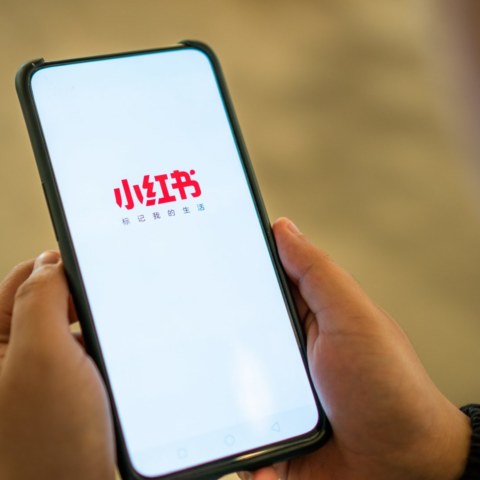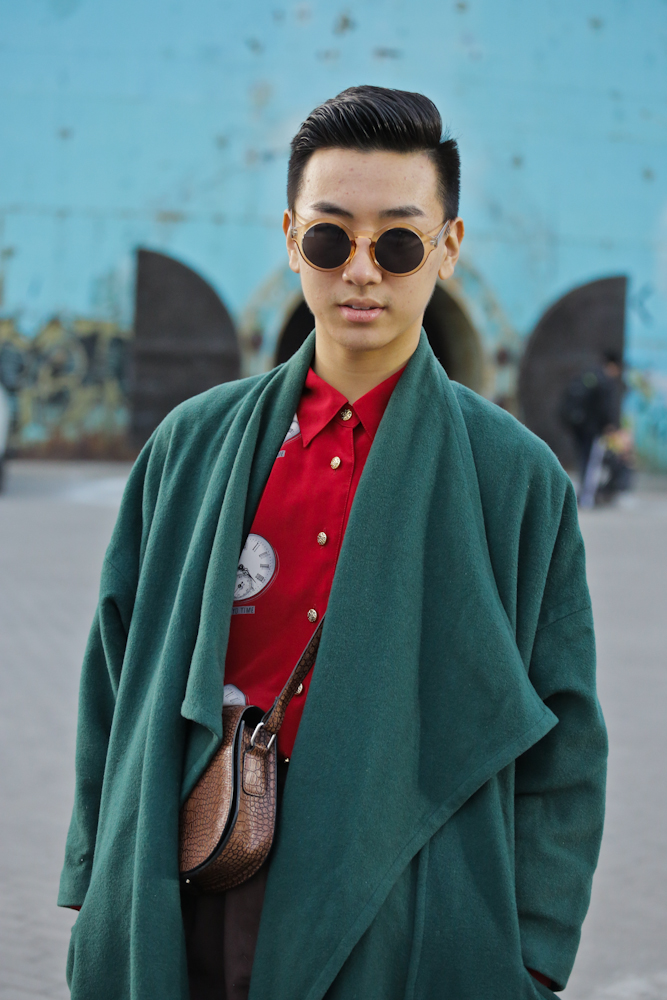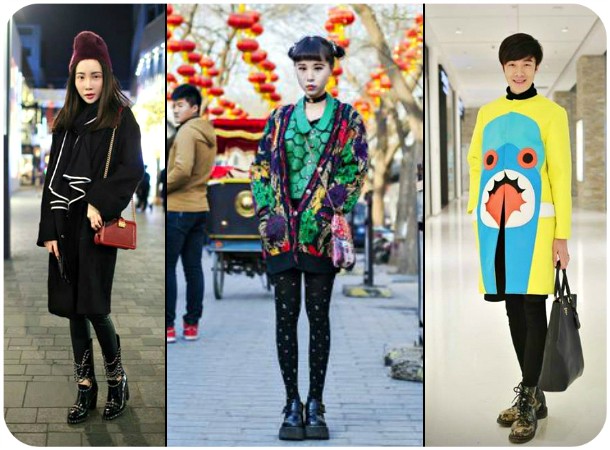Fashion in China: a transition of China’s cultural, political and street dynamics
SHANGHAI, China — As Chinese consumers gain confidence in their own sense of style, some are starting to ditch luxury for leisure. The luxury drift in China is often explained as a reaction to the country’s economic slowdown and the government’s distaste for overt displays of opulence. However, underlying this shift is a unique transition of China’s cultural, political and street dynamics.
China’s sportswear market will surpass the luxury goods market by 2020, according to Euromonitor International, with double-digit growth each year to 280.8 billion yuan ($42.6 billion) compared with luxury’s single digit growth to 192.4 billion yuan ($29.2 billion) during the same period.
sentiments are part of a profound identity shift taking place in China, reflecting new realities for the nation’s moneyed millennials. High-end leisure and sportswear now occupy more space in local wardrobes, as luxury loses the cultural clout it once held in China’s ambitious economy. As a consequence of what is referred to the “secretary syndrome,” luxury brands are less capable of expressing status or helping people “keep face.” Some are losing social value as they become more accessible to a wider working population who often save their salary year-round to buy a few branded products.
As the draw to wearing luxury has diminished, a more practical mindset has started to influence China’s next generation
Aiming for local relevance, international brands have been instrumental in communicating this new lifestyle in China. Adidas has championed the idea of “modern sisterhood,” where young professional women “style-up to work out” — a powerful communal message in a nation of only-children, brought up under the one-child policy. As part of this commitment, the brand opened a dedicated outlet for women in Shanghai, the first of its kind in the Asia region.
The North Face and Nike have invited China’s urbanites to challenge themselves outdoors. Using China’s hugely popular phone app WeChat to create exercise communities, they then present their collections on China’s e-commerce giants as contemporary fashion.
Compared to more mature markets, the emphasis they make on B2C platforms such as Tmall and JD.com is less on product and more on presenting a new urban style — part athleisure, part middle-class aspiration.
Local street style brands have started to flourish too. In the southern city of Shenzhen, the designers behind Roaringwild use Chinese language and symbols as their inspiration. In Shanghai, Chiin Chilla encapsulates the post-modern energy of the city through a bespectacled street-wise character, who features in the brand’s unique designs.
As Chinese life has become increasingly defined by big-city living, consumers are actively in the process of adapting their style and wardrobe to feel more in control of this transformation — a reality where consumers are not strait-jacketed by elitism, but rather have the freedom to participate in, fight against and be proud of China’s modern urban culture.
Leave a Comment
